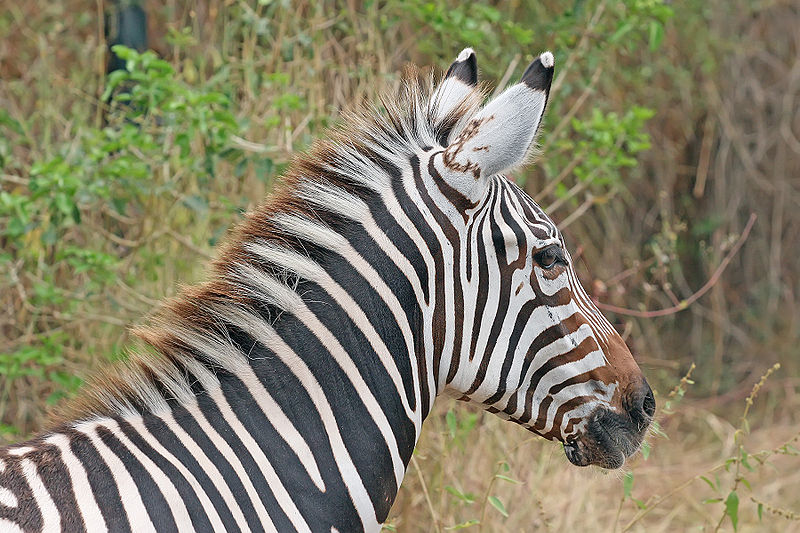Science News
The Zebra's Stripes
February 13, 2012

To celebrate Charles Darwin’s birthday (it was yesterday)—here’s an answer to a great evolutionary question: how did the zebra get its stripes?
Darwin himself pondered the reason for the stripes, and New Scientist describes his hypothesis as contrary to other ideas of his time:
A popular theory, both in the 19th century and today, is that zebras evolved striped coats as camouflage in tall grass… Darwin suggested that zebras developed their unique stripes to recognize each other, which could be particularly important for male and female courtship.
And the latest theory might have surprised Darwin: horseflies. Researchers in Hungary and Sweden published a paper in the recent edition of the Journal of Experimental Biology that blames the zebra’s stripes on simple horseflies (tabanids).
Well, sure… Horseflies deliver nasty bites, carry disease, and distract grazing animals from feeding. But Discover’s 80beats takes it a step further:
There’s good evolutionary reason to escape the ravages of horseflies, at least for horses and their relatives; though flies are just annoying pests from the human perspective, horsefly-bitten horses can grow skinny and have trouble producing milk for their young. And as soon as baby-making is affected by something in the environment, adaptation isn’t far behind.
Scientists have known for a while that these pesky insects are more attracted to dark horses than to white horses. Since zebra embryos start out with dark skin, the European team wondered whether the zebra’s stripy hide might have evolved to disrupt their attractive dark skins and make them less appealing to voracious bloodsuckers, such as horseflies. So they conducted some experiments, minus the actual zebras.
Travelling to a horsefly-infested horse farm near Budapest, the team tested how attractive the blood-sucking insects found black-and-white striped patterns by varying the width, density, and angle of the stripes and the direction of polarization of the light that they reflected. They trapped the attracted insects with oil and glue, and found that the patterns attracted fewer flies as the stripes became narrower, with the narrowest stripes attracting the fewest horseflies.
“We conclude that zebras have evolved a coat pattern in which the stripes are narrow enough to ensure minimum attractiveness to tabanid flies,” says the team. “The selection pressure for striped coat patterns as a response to blood-sucking dipteran parasites is probably high in this region [Africa].”
Darwin would be proud.
Image: Muhammad Mahdi Karim/Wikipedia